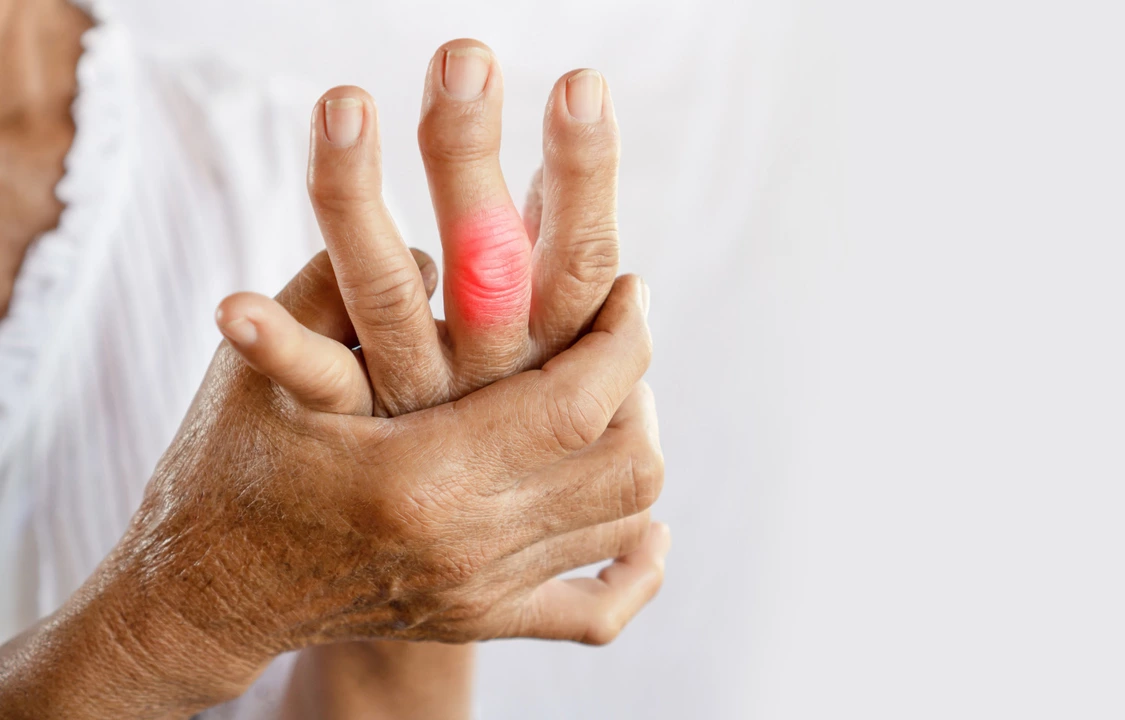Amlodipine: What It Does and How to Use It Safely
Ever felt dizzy from high blood pressure or had chest tightness? Amlodipine is a common pill doctors prescribe for high blood pressure and chest pain (angina). It’s a calcium channel blocker that relaxes blood vessels, making it easier for your heart to pump and lowering blood pressure.
Most people start on 5 mg once a day. If needed, doctors may raise the dose to 10 mg. The medicine works over days—you won’t see a sudden drop in blood pressure the first hour, but steady use usually shows effects within a week. Don’t cut or crush extended-release forms; take the tablet whole, at the same time every day, with or without food.
Common side effects and what to watch for
Swelling in the ankles (edema) is the most common complaint. You might also feel lightheaded, flush, or notice a fast heartbeat. If swelling is mild, your doctor may keep watching. If you get severe dizziness, fainting, chest pain that’s worse than before, or very fast heartbeat, get medical help right away.
Amlodipine can lower blood pressure too much if combined with other medicines that drop pressure. It can also affect people with liver problems—doctors often start with a lower dose in that case. Pregnancy and breastfeeding need a talk with your clinician before using this drug.
Interactions, practical tips, and monitoring
Some medicines change amlodipine levels. Strong CYP3A4 blockers (certain antifungals, some antibiotics) can raise amlodipine in your blood. Grapefruit may also increase levels—ask your pharmacist if grapefruit is okay with your mix of meds. If you take simvastatin, the simvastatin dose may need to be limited when used with amlodipine.
Simple tips make a big difference: take amlodipine the same time each day, keep a log of your blood pressure at home, and avoid standing up too quickly to reduce dizziness. Limit alcohol—drinking can increase dizziness and lower blood pressure further. Don’t stop the medicine suddenly; if you want to stop, talk to your doctor so they can plan a safe change.
Your doctor may check your blood pressure regularly and ask about swelling or unusual tiredness. Liver tests aren’t routine for everyone but may be done if you have symptoms like yellowing skin, dark urine, or severe fatigue.
Bottom line: amlodipine is effective and usually well tolerated. Use it the way your doctor recommends, watch for swelling or lightheadedness, and keep them updated about other drugs you take. If you’re unsure about interactions or side effects, your pharmacist and doctor are good resources to phone or message.
Want more details or related articles? Browse our guides and drug pages to learn about dosing, alternatives, and how amlodipine fits into long-term blood pressure care.
As someone who experiences joint pain, I recently came across an interesting connection between amlodipine and gout. Amlodipine is a common medication used to treat high blood pressure, but it has been found to potentially increase the risk of gout. Gout is a type of arthritis caused by a buildup of uric acid crystals in the joints, leading to painful inflammation. If you're taking amlodipine and experiencing joint pain, it's important to discuss this with your doctor. They may recommend adjusting your medication or exploring alternative treatment options to help alleviate your symptoms.
